Modern-day technology has done amazing things for our society — especially when it comes to cars.
As we look to the future, we can see a world with self-driving cars. And while we aren’t there yet, we are getting close. There have been significant advancements in car safety over the years that have helped prevent many accidents.
Sometimes the new features can be overwhelming though. There are so many options and so much to learn about each of them.
In this article, we will list the top modern safety features in cars and lay out how to use them properly so you can reap the most benefits possible from using them.
Adaptive Cruise Control (ACC)

Adaptive Cruise Control uses a combination of sensors, radars, and/or cameras to sense the distance between your car and the car in front of you. When you activate ACC and set your speed, the sensors on the front of your car will automatically maintain a safe distance between you and the car in front of you.
After you set a certain speed, the sensors will automatically slow down if the car in front of you does, and then it will speed back up when it is safe to do so. All without you touching the gas or brake pedals.
How’s it’s best used
ACC is best used on long highway drives– in the same situations, you would currently use cruise control. Some people also use it during heavy congestion because if your sensors detect a potential collision, the car will brake forcefully and tighten the seatbelts.
Automatic Emergency Braking (AEB)
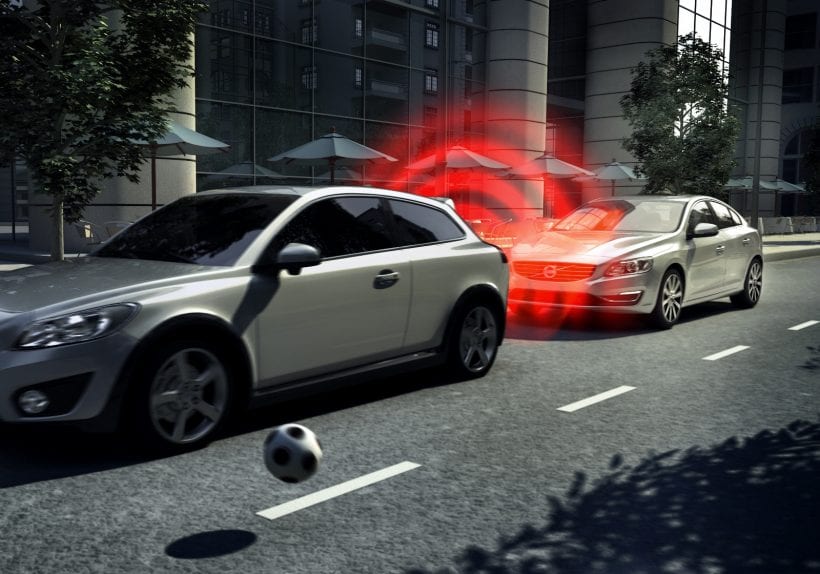
Automatic emergency braking uses the same type of sensors in the front of your car as ACC, but AEB is used to sense a potential forward-collision and begin braking if the driver does not react in time.
Some people report that AEB is even faster than human reaction, meaning by the time your foot hits the pedal, the car is already beginning to break for you. The IIHS reported that cars with AEB show a reduction of rear-end collisions by 50%, which means this is a big deal in modern car safety features.
How it’s best used
AEB will be beneficial in any situation where you could potentially rear-end the car in front of you and can’t react in time.
For example, if you accidentally fall asleep at the wheel, your AEB could kick in for you and prevent an accident. If you don’t see a bicyclist crossing the street, your AEB might sense its movement and brake the car before you get a chance to.
Lane Departure Warning (LDW)
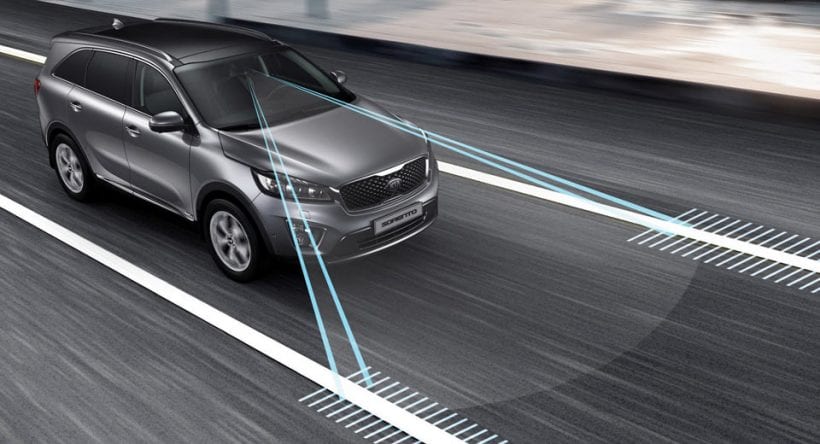
Lane Departure Warning detects if you are drifting out of your designated lane without your turn signal on.
LDW uses cameras and/or sensors to detect the lane marks around you, and when it senses you leaving your lane, it will alert you by a light on your dash or a buzzing in your seat or steering wheel. There is also Lane Keep technology that will automatically steer you back into your lane.
How it’s best used
LDW technology is really geared toward alerting distracted drivers. According to IDriveSafely.com, distracted driving can include those moments when your mind wanders, you check your phone, or if you are in an “easy” driving situation and don’t think you need to pay much attention. LDW will help you get back on track and focused.
Blind Spot Detection
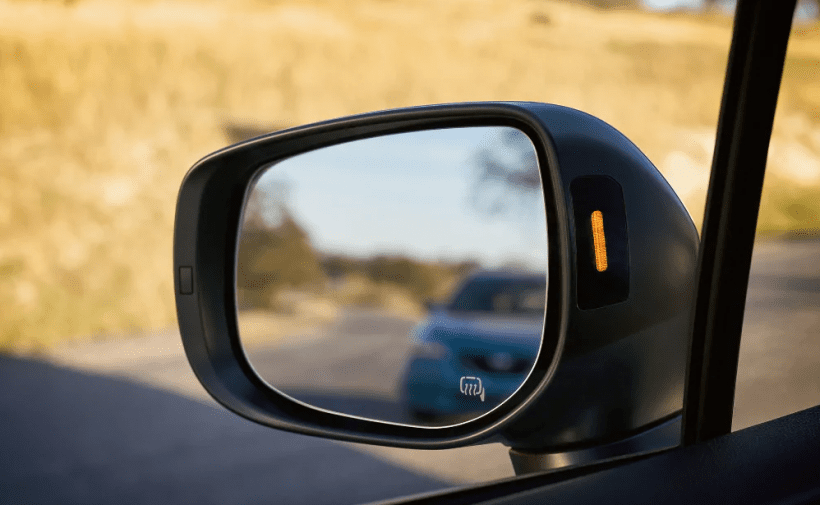
Every driver knows about that pesky blind spot. It’s that spot directly to the side of your car that is impossible to see. While it is common practice to look over your shoulder to check your blind spot, there are now sensors that can detect if a vehicle is there. If there is a car in your blind spot, a little orange or yellow light will illuminate on your side-view mirrors. This means you can focus on the road ahead of you.
How it’s best used
Blind spot detection is great for highway driving and driving around town. Basically any time you will be changing lanes, blind spot detection can help you out. If you see that little light on your mirror, it means it is unsafe to change lanes.
Forward-Collision Warning (FCW)
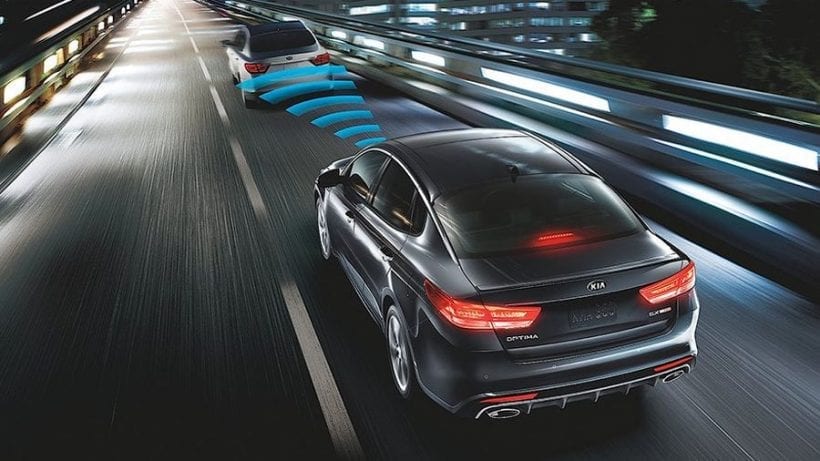
Forward-collision warning is similar to AEB because it uses the same sensors to detect the same thing. The difference is, with FCW your car is sensing if you are approaching the vehicle in front of you too quickly and a crash is imminent.
FCW is like the warning before your car will activate the AEB. Your car will warn you with a visual and/or audible warning to give you a chance to slow down and avoid an accident.
How it’s best used
FCW can be a great feature for highway driving when you are changing lanes frequently and unaware of the speeds of the cars in the other lanes. Or if a car breaks unexpectedly at a high-speed, your FCW may alert you before you are even aware that the slow down is happening.
Backup Camera
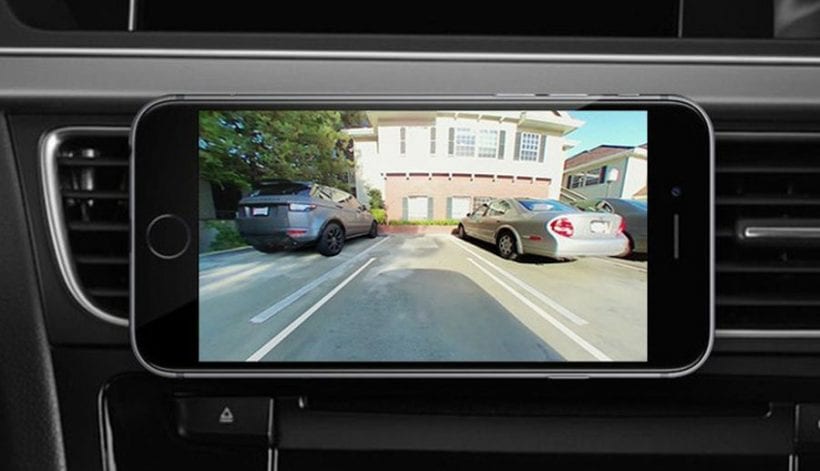
Whenever your car is in reverse, the backup camera will activate and show you exactly what is behind you.
No more looking over your shoulder and guessing. With the backup camera, you get a clear picture of what is behind you and you can park with confidence and ease. The backup camera rear view is usually displayed on a screen in the center console of a car or on the rearview mirror.
How it’s best used
Backup cameras are most frequently used for parking. Especially if you live in a city and parallel parking is necessary or you find yourself in a lot of tight spots, a backup camera can be a lifesaver. If you are backing up, backup cameras can also show you if a pedestrian or unseen object is in your path.

